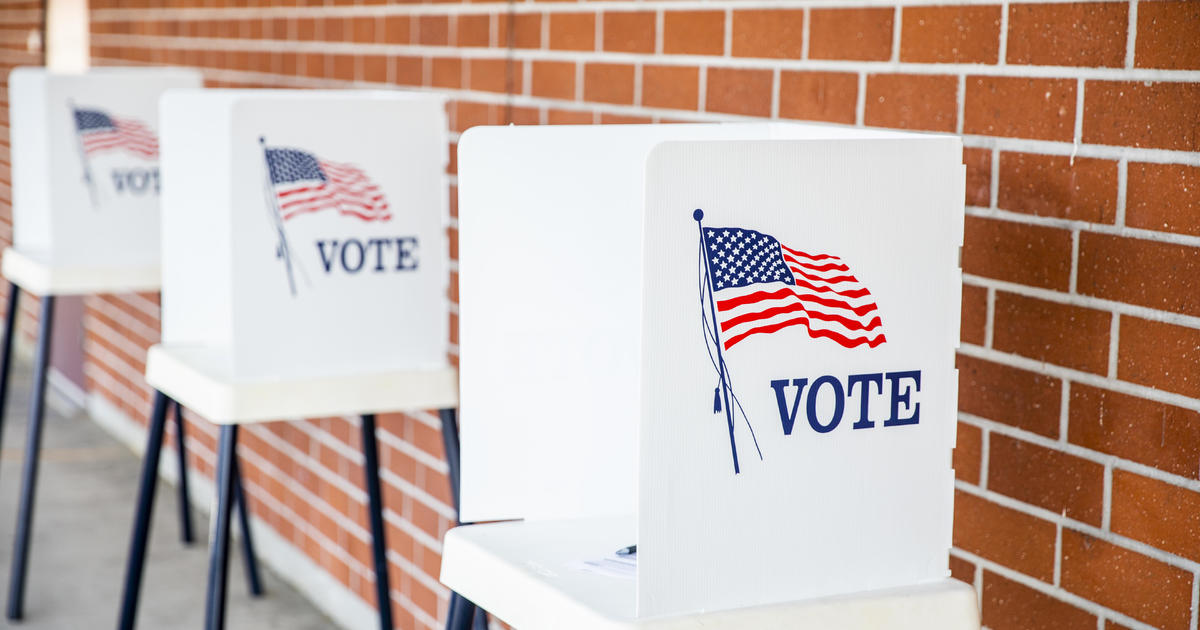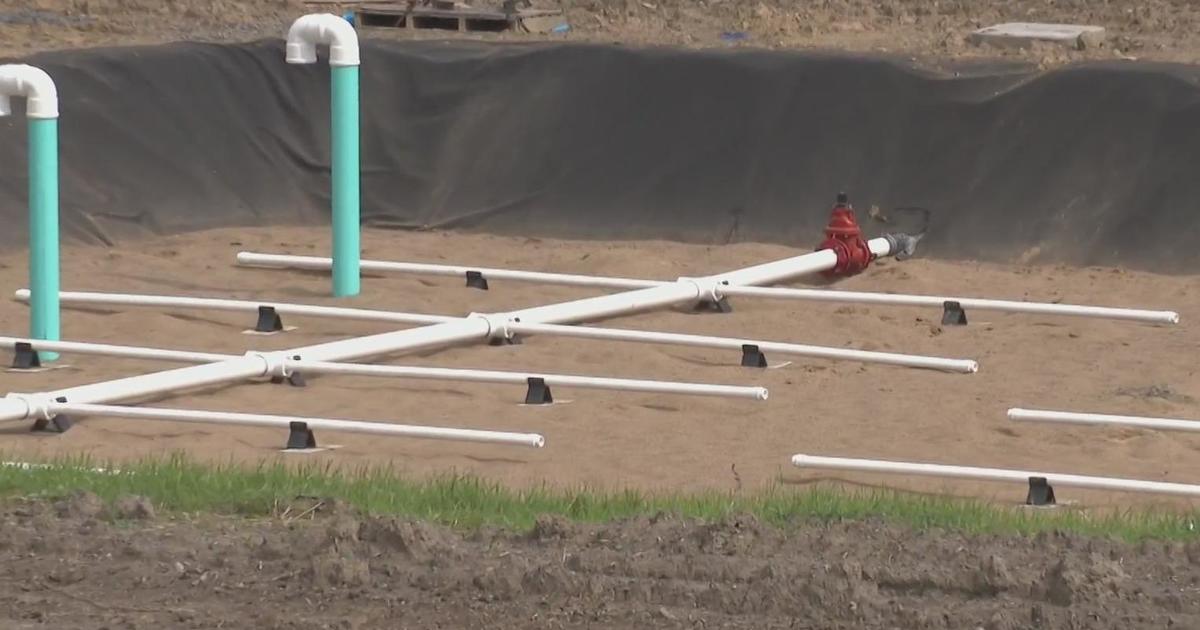Acting Secretary Of Education For Governor Corbett Discusses The Education Budget
PITTSBURGH (NewsRadio 1020 KDKA) - The Acting Secretary of Education for the Pennsylvania Department of Education joined Mike Pintek to talk about the issues of budget and education. Carolyn Dumaresq ED. D. has been with the Corbett administration since the beginning where she was previously the Deputy Secretary for K-12.
The two addressed the big issue of the stimulus money, the "error-money," that the federal government gave to the state to help school districts. Initially the money was supposed to be used for something immediate but instead the schools used it as supplemental money and were even more shocked when the money was gone.
Dumaresq Part 1
Dumaresq explained that today the budget is at historic levels reaching $10.1 billion for public schools and $12 billion in support of pre-K through higher education. She says that they've done their job by climbing out of the hole they were put in by the previous administration.
Now comparing the same items beginning in 2008 to 2009, the budget was only $9.1 billion. The money fluctuated between $8.5 billion to $9.7 billion before reaching it's current high all within the Corbett administration.
"I think a more accurate description would be that the governor was not able to replace all of the federal money that disappeared," said Dumaresq. "And was that used to fund programs, yes, because state money had also been taken away. So school districts had to tighten the belt even harder and look for program cuts but it was not because this governor took the money away, he was replacing money that was federal stimulus money."
Critics say that this extra $4 million in the budget is just because Corbett is up for a re-election. They even believe that this money will end up going to more wealthy school districts rather than the districts in need.
Dumaresq explained that the distribution of the money comes with a unique formula for deciding who gets the money. The distributing actually favors school districts with more challenging students.
Dumaresq Part 2
The program will take the number of kids you have in your district, then multiply that by a fee factor. Then that number is multiplied by the age ratio to determine the relative wealth of your area. This equation actually benefits less wealthy school districts.
In addition there are two other components that affect the decision: the percent of children living in poverty and the percent of students who are English language learners.
"We know for children in poverty and for children who English isn't their primary language you need more resources to move them to grade levels," said Dumaresq. "So therefore there are two additional pots of money. So it actually favors school districts who are serving more challenging students and those school districts that are less wealthy."
RELATED LINKS:
More From NewsRadio 1020 KDKA
Like NewsRadio 1020 KDKA On Facebook
Follow NewsRadio 1020 KDKA On Twitter



